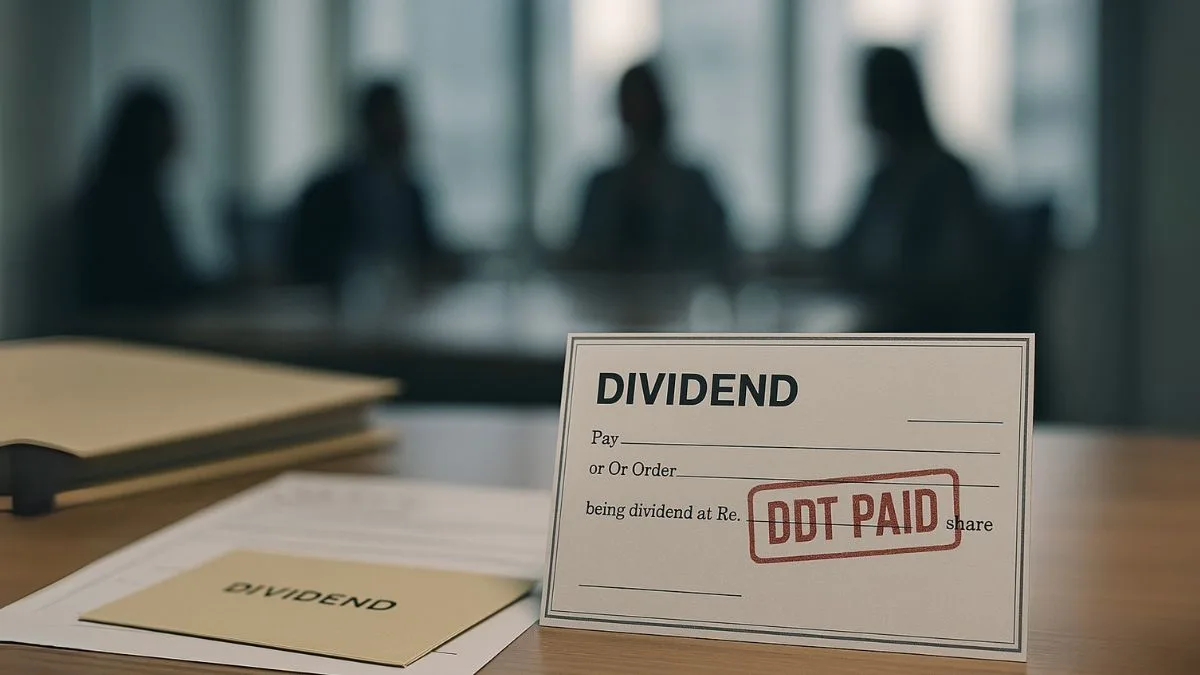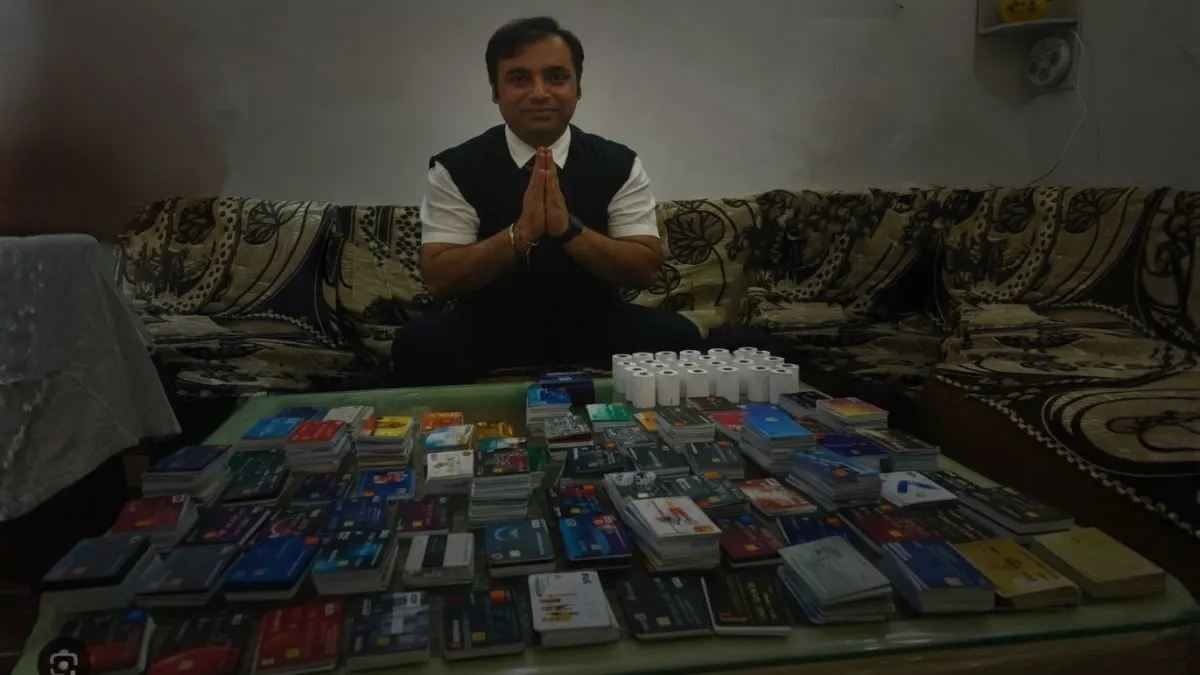
Another LinkedIn post. Another young life lost. Another reminder that toxic workplaces in India are no longer isolated stories, but a growing epidemic.
The death of Biju John, NSM at AU Small Finance Bank, Bangalore, has shaken not just the banking sector but the entire corporate community in India. What makes this incident even more disturbing is the way it unfolded — and the silence that followed.
According to reports shared by AIMETU (All India Microfinance Employees Trade Union) and multiple LinkedIn posts, Biju John was a talented, courageous, and people-centric leader. But behind his strong image, he was allegedly facing public humiliation, one-sided decisions, and workplace pressure that eventually pushed him towards an irreversible step — taking his own life right after an official meeting.
And just like earlier incidents involving Vikas Nizam of KPMG and Anna Sebastian of EY, this case too highlights a pattern of corporate silence versus social media outrage. While there was no official statement from the bank, LinkedIn became the platform where truth came out — through colleagues, trade unions, and professionals who refused to stay quiet."
What specific events or actions led him to believe taking such a step was the only option?
From the LinkedIn posts and AIMETU’s statement, it is alleged that Biju John was repeatedly humiliated in meetings and conference calls. Despite his reputation as a capable leader, he was reportedly cornered by supervisors and stripped of his dignity in front of peers.
For any professional, especially someone managing a team, this constant attack on self-respect can feel worse than workload. When humiliation becomes routine and the workplace stops being a space of respect, the mind begins to see no exit except escape.
How did the workplace environment contribute to his decision to commit suicide?
Colleagues have described the culture at his workplace as one of toxic leadership, unrealistic targets, and HR silence. Decisions were often one-sided, with little room for discussion or empathy. Instead of being a platform of growth, the bank allegedly became an environment of fear, pressure, and constant cornering tactics.
For someone like Biju John, this environment may have transformed his professional success into a personal trap, where performance didn’t matter as much as submission to authority. In the long run, such cultures break even the strongest minds.
Were there any known personal or professional struggles that influenced his mental state?
No major personal struggles have come to light so far. The recurring theme in every LinkedIn post and union statement is workplace humiliation and stress. Colleagues described him as excellent, talented, and courageous, which means the issue wasn’t competence — it was the environment he was trapped in.
This distinction is important: his tragedy is not about one man’s weakness, but about a systemic failure where corporate toxicity became stronger than individual resilience."
Also Read: Did B S R & Co. (KPMG) Fail Vikas Nizam? Another Big 4 Tragedy After EY Case Sparks LinkedIn Uproar
What warnings or signs, if any, were overlooked before his tragic act?
People rarely take such drastic steps without leaving signals. According to posts circulating on LinkedIn, Biju had shared his frustration and disappointment at the way he was being treated. These were red flags — pleas for help disguised as casual complaints.
But instead of listening, management allegedly ignored his concerns. HR too maintained silence, a recurring theme in Indian corporates when employees raise alarms. By overlooking these signs, the system failed him.
How might better support or intervention have changed the outcome in his case?
The painful reality is — this death was preventable.
- If HR had intervened when reports of humiliation surfaced.
- If supervisors had been trained to resolve conflicts with empathy instead of aggression.
- If there were confidential counselling services or grievance redressal mechanisms.
- If management had taken early warning signs seriously instead of dismissing them.
Even a single act of human-first leadership could have shifted the outcome. Support at the right time is not just good HR practice; in cases like Biju’s, it’s the difference between life and death.
Corporate Silence, Social Media Noise
What stands out most is not just the tragedy itself—but the response that followed.
No official statement from AU Small Finance Bank.
No transparent inquiry announced.
No managerial accountability made public.
Instead, it was LinkedIn where the story first broke — through AIMETU (Microfinance Employees Trade Union) and then through employees and professionals who refused to let silence bury the truth. The hashtags, the shares, the outrage — all of them turned LinkedIn into the only platform where accountability was even demanded.
But here’s the critical point: if the claims circulating on social media about Biju John’s death are not fully true, then AU Small Finance Bank carries an even greater responsibility. By staying silent, the bank is not only allowing half-truths and assumptions to dominate public opinion but also risking long-term damage to its goodwill and reputation.
The more the bank avoids addressing the situation, the faster these posts spread — shaping a narrative that paints AU in the darkest light. Silence doesn’t protect the brand; it amplifies suspicion.
Corporate silence also fuels a bigger conversation about toxic work culture, unfair treatment, and workplace pressure. If the real facts differ from what’s being claimed online, AU Small Finance Bank must step forward, clarify, and communicate transparently. Otherwise, the growing public perception will not only damage AU’s name but also cast doubt on the integrity of the entire banking sector.
Final Thoughts
The tragic death of Biju John is not just a personal loss to his family, colleagues, and friends — it is a mirror reflecting what corporate India is becoming.
The unanswered questions are many, but one truth is clear: toxic work culture kills. Unless organisations, regulators, and leaders acknowledge this and act, the cycle will continue — tragedy, outrage, silence, repeat.
Biju John’s story should not fade into another LinkedIn post buried under tomorrow’s news. It should become the turning point where corporates realise that efficiency without empathy is not leadership — it’s negligence.
Because if we don’t change today, the next story will be about another name, another office, another preventable death.











